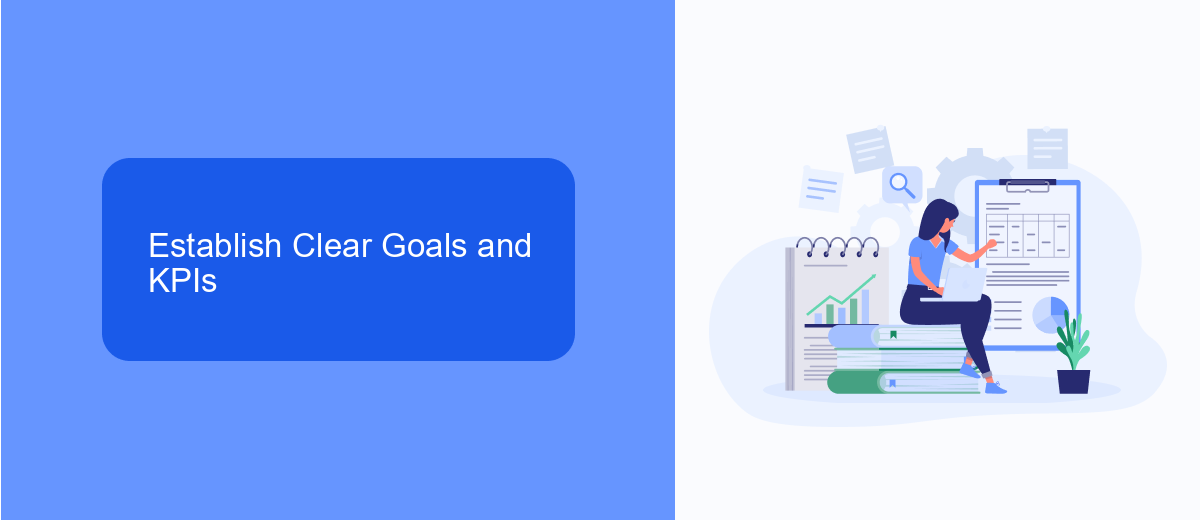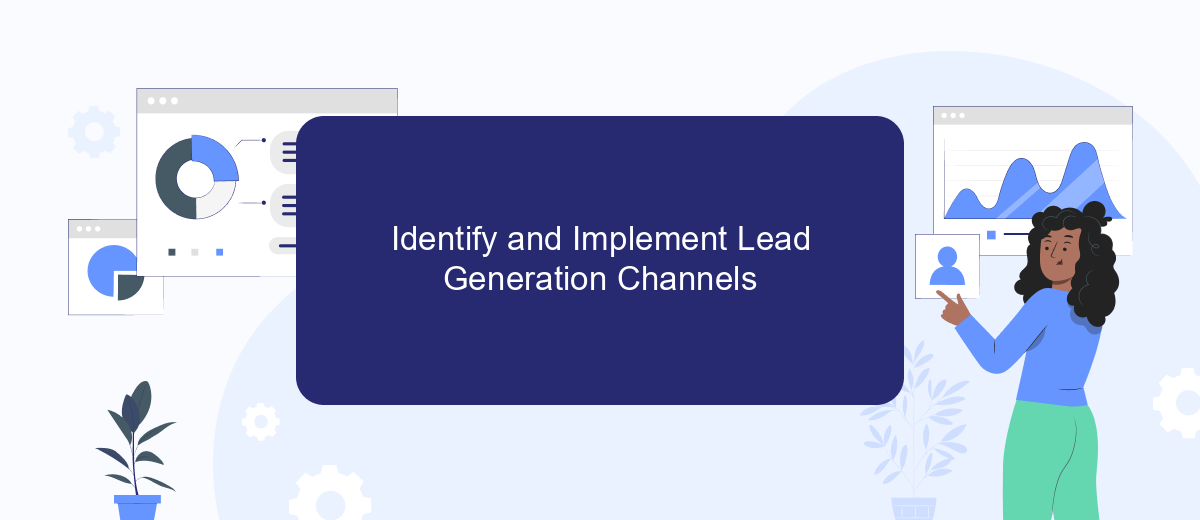In today's highly competitive market, effective lead generation is crucial for business growth and sustainability. Crafting a strategic lead generation plan can help businesses identify and attract potential customers, ultimately driving sales and fostering long-term relationships. This article explores essential components and best practices for designing a successful lead generation plan tailored to your business needs.
Define Your Target Audience
Understanding who your target audience is forms the foundation of any successful lead generation plan. By clearly defining your target audience, you can tailor your marketing strategies to meet their specific needs and preferences, ultimately increasing your chances of converting leads into customers.
- Identify demographics: Age, gender, income, education level, etc.
- Analyze psychographics: Interests, values, lifestyle, and behavior.
- Consider geographic location: Local, national, or international audience.
- Evaluate purchasing behavior: Buying habits, brand loyalty, and purchasing frequency.
Utilizing tools like SaveMyLeads can streamline the process of identifying and reaching your target audience. This service allows you to integrate various platforms and automate lead generation tasks, ensuring that you capture and nurture leads efficiently. By leveraging such tools, you can focus on refining your marketing strategies to better engage your defined audience.
Establish Clear Goals and KPIs

When crafting a lead generation plan, it is crucial to establish clear goals and Key Performance Indicators (KPIs) to measure success. Start by defining what you aim to achieve, whether it’s increasing the number of qualified leads, boosting conversion rates, or enhancing customer engagement. Setting SMART goals—Specific, Measurable, Achievable, Relevant, and Time-bound—will provide a clear roadmap and help keep your team focused and motivated.
Once your goals are set, identify the KPIs that will help you track progress and make data-driven decisions. Common KPIs include the number of leads generated, cost per lead, lead conversion rate, and customer acquisition cost. To streamline the process and ensure accurate tracking, consider integrating tools like SaveMyLeads. This service automates lead data collection and integration with your CRM, ensuring that you have real-time insights and can adjust your strategies promptly to meet your objectives.
Identify and Implement Lead Generation Channels

Identifying and implementing effective lead generation channels is crucial for any business looking to expand its customer base. Start by analyzing your target audience to determine where they spend most of their time online. This will help you focus your efforts on channels that are most likely to yield high-quality leads.
1. **Social Media:** Utilize platforms like Facebook, LinkedIn, and Instagram to create engaging content and targeted ads.
2. **Email Marketing:** Build a strong email list and send personalized, value-driven content to nurture potential leads.
3. **Content Marketing:** Develop blogs, videos, and whitepapers that address the pain points of your audience.
4. **SEO and PPC:** Optimize your website for search engines and run pay-per-click advertising campaigns.
5. **Integrations:** Use tools like SaveMyLeads to automate lead capture and streamline your marketing processes.
Once you've identified the appropriate channels, it's essential to monitor their performance regularly. Use analytics tools to track metrics like conversion rates and cost per lead. Adjust your strategies based on the data to ensure continuous improvement and optimal results. Implementing these steps will help you create a robust lead generation plan that drives growth and success.
Nurture and Engage Leads

To effectively nurture and engage leads, it is essential to maintain consistent communication and provide value at every interaction. This involves understanding the needs and preferences of your leads and tailoring your approach accordingly.
One of the key strategies is to use automated tools and integration services to streamline your lead nurturing process. SaveMyLeads, for example, allows you to automate lead data transfer between various platforms, ensuring that your leads receive timely and relevant information.
- Send personalized email campaigns that address specific pain points.
- Utilize social media to engage with leads and share valuable content.
- Offer exclusive resources such as eBooks, webinars, or case studies.
- Implement a lead scoring system to prioritize high-potential leads.
By leveraging these strategies and tools, you can build stronger relationships with your leads, ultimately guiding them through the sales funnel more effectively. Consistent engagement and tailored communication are key to converting leads into loyal customers.


Track, Analyze, and Optimize
To ensure the success of your lead generation efforts, it's crucial to continuously track, analyze, and optimize your strategies. Start by setting up tracking mechanisms to monitor the performance of your campaigns. Use tools like Google Analytics to gather data on website traffic, conversion rates, and user behavior. This information will help you identify which channels and tactics are most effective in driving leads.
Once you have collected sufficient data, analyze it to uncover patterns and insights. Look for trends that indicate what is working and what needs improvement. Use this analysis to make informed decisions and refine your lead generation plan. Additionally, consider integrating a service like SaveMyLeads to streamline your data collection and analysis processes. SaveMyLeads can automate the transfer of lead data from various sources to your CRM, ensuring you have accurate and up-to-date information. Regularly optimizing your strategies based on these insights will help you stay ahead of the competition and achieve better results.
FAQ
What is lead generation?
How can I automate my lead generation process?
What are the benefits of using automated lead generation tools?
How do I integrate my lead generation tools with my CRM?
What should I look for in a lead generation plan?
What do you do with the data you get from Facebook lead forms? Do you send them to the manager, add them to mailing services, transfer them to the CRM system, use them to implement feedback? Automate all of these processes with the SaveMyLeads online connector. Create integrations so that new Facebook leads are automatically transferred to instant messengers, mailing services, task managers and other tools. Save yourself and your company's employees from routine work.
